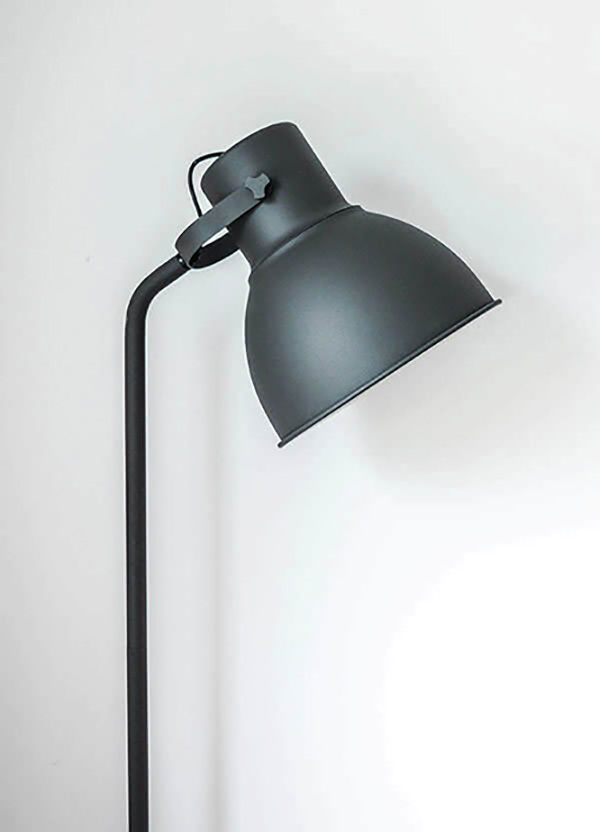What is Tenant Improvement (TI) Allowance?
Almost every tenant of a commercial space will need to make some changes or improvements to the space to make the space work for them. Of course, the extent of needed improvements will vary depending on whether the space in question was previously occupied, how old the existing improvements are and whether the prior uses and if the new contemplated uses are the same. A new building that has not been previously occupied may have bare concrete floors, no drop ceilings and no distribution of mechanical, electrical or plumbing systems and may require extensive improvements. On the other hand, a space that had been occupied for a short period of time for a similar use contemplated by the new user may require few changes. In this case the tenant improvements may be limited to
new paint, carpet cleaning and minor touch-ups and repairs often called “broom-swept”, “vanilla box” or “white box” condition.
When addressing tenant improvements in a lease, there are two main questions that need to be addressed: “Who is doing what?” and “Who is paying for what?” We will start with “Who is doing what?”
A common phrase in real estate leasing is “turnkey build-out,” which is meant to imply there are usually major enhancements done to an area before a tenant moves-in. These allowances are paid by the landlord once both the landlord and tenant agree to certain changes. If the improvement cost is too high, the landlord may reject the proposal. If this occurs, a tenant can negotiate further, modify the plans, or offer to pay for part of the improvements, either up-front or through a higher rent. Realistically, it is rare that a space is ever truly “turnkey” as most leases allocate to the tenant the responsibility for some portion of the improvements, namely installation of furniture, phone and data cabling and communication and computer systems. Other phrases include variations of “a white box,” intended to describe a space that has finished floors, ceiling and walls, lighting and heat/air conditioning; and “a cold dark shell,” which is a demised space that has no heat, no light, and no finishes.
If the landlord is performing the tenant improvements, then those improvements need to be clearly specified in the lease. This benefits both the landlord and the tenant. The landlord needs to know what it is obligated to deliver under the lease. Likewise, the tenant needs to know that the landlord will deliver the space to it in the manner described so that the space will have the utility that the tenant expects. One of the easiest ways to clearly describe the tenant improvements is to attach to the lease detailed plans and specifications for the improvements. Many leases include a plan showing the layout of the proposed tenant improvements and provide that the landlord will perform those improvements using “Building Standard” materials and finishes.
Again, the parties should clearly describe the “Building Standard” materials and finishes.
The tenant also needs to know that the work being performed by the landlord will be done by the time the tenant needs the new space. Many landlord-friendly lease forms provide that the landlord will perform the tenant improvements but fail to specify a time period by which the improvements will be completed. In these cases the tenant may be obligated to commence payment of rent before the work is even completed. The tenant must demand that the tenant improvements be completed prior to the commencement of the lease term and its obligation to start paying rent. In addition, the tenant should demand that the landlord agree to an outside date for the completion of the tenant improvement and delivery of the completed space to the tenant.
This price is usually stated per square foot and can range in amount. These spaces normally already have interior walls, paint, electrical outlets, carpeting, and more. In a lease, TI allowances usually increase with the number of years and square footage stated. If you lease a 1,000 SF office for five years, your TI allowance will be lower than someone who is renting a 50,000 SF office for ten years. For example, if a tenant was renting a 10,000 SF office and the improvement allowance was $15 PSF, then the tenant already has $150,000 promised by the landlord to improve the space however they choose.
We advise you to hire an architect or a space planner to help you design the best office layout with your turnkey build-outs or tenant improvement allowances. Depending on the contractor, sometimes he or she can create the plans for you instead. The best office layouts increase productivity and good moods throughout the office. Excellent layouts can include open space to move around more easily, leaving room for future storage, and allocating the best areas for functional work space.
The process related to constructing tenant improvements is a complicated one and can have a material impact on the parties’ business operations. It is crucial that the parties clearly provide for each party’s rights and obligations under the lease with respect to the completion of the tenant improvements in order to ensure each party achieves its business objectives. These allowances are one of the most negotiated points in a lease. Your tenant broker will make sure you receive the best TI allowance or turnkey build-out possible.




